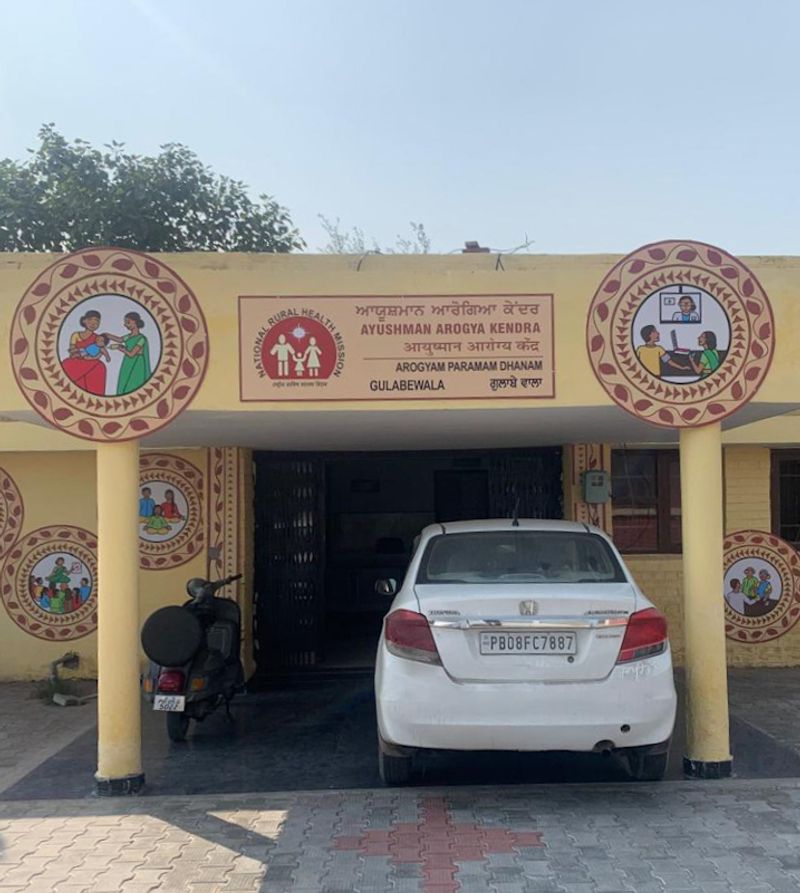
Muktsar, Punjab: Even as the Punjab government champions its Aam Aadmi Clinics—recently renamed Ayushman Arogya Kendras—as a flagship healthcare reform initiative, a significant shortage of doctors is affecting service delivery in Muktsar district, where 4 out of 24 clinics currently operate without a doctor.
Open Call for Doctors
Dr. Jagdeep Chawla, Chief Medical Officer (CMO) of Muktsar, confirmed the shortfall and made an open appeal:
“Any MBBS-graduate doctor can walk in for an interview at my office on any working day. Eligible candidates will be given appointment letters on the spot.”
He described the clinics as a “boon for residents”, urging both medical professionals and the public to engage actively with the program.
Impact and Resignations
The vacancies follow a wave of recent resignations. According to sources:
- Four doctors have already resigned.
- One more doctor has submitted a resignation, though still currently serving.
This doctor crunch raises concerns about the sustainability of rural healthcare delivery, especially in districts where access is already limited.
Achievements So Far
Despite the staffing challenges, Dr. Chawla highlighted the clinics’ impact since their inception:
- 2.62 lakh patients received free consultations and medicines.
- 6.64 lakh patients underwent free lab tests.
- Each clinic offers 90 essential medicines and 38 diagnostic tests.
- Digital records ensure continuity of care and better tracking of patient history.
Operational Changes Ahead
Starting April 16, the clinics will operate from 8 a.m. to 2 p.m., shifting from the previous 9 a.m. to 3 p.m. schedule.
Broader Concerns
The doctor shortage underscores a larger issue faced by public health facilities across India—attracting and retaining medical professionals in government-run initiatives. While the Aam Aadmi Clinics model has been praised for improving primary care, its long-term success may depend on addressing work conditions, incentives, and support infrastructure for the medical staff.
The health department now faces a critical test: Can it fill these vacancies quickly to maintain public trust in the state’s ambitious healthcare reforms?


